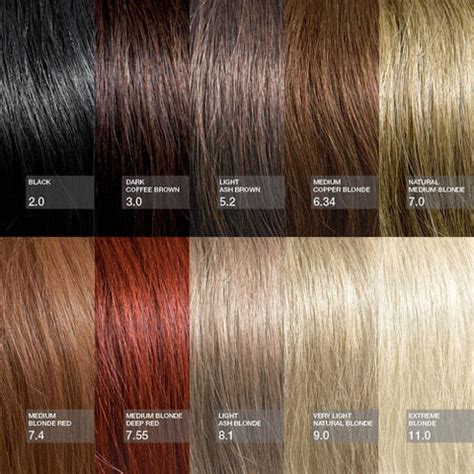Embracing Your Natural Beauty
Natural hair, with its rich textures and hues, holds a unique charm. Enhancing it with the right hair color can elevate your look and accentuate your natural beauty. This guide delves into the best hair color options for natural hair, offering insights and practical tips to achieve a stunning transformation.

Understanding Natural Hair Pigments
Natural hair color is primarily determined by the melanin content within hair follicles. Two types of melanin contribute to color:
- Eumelanin: Responsible for darker colors, such as black and brown
- Pheomelanin: Responsible for lighter colors, such as red and blonde
The balance of these pigments gives rise to a diverse spectrum of natural hair colors.
Choosing the Right Hair Color for Your Skin Tone
The best hair color for natural hair should complement your skin tone. Here are some general guidelines:
- Warm skin tones: Consider warm colors, such as golden brown, caramel, and burgundy.
- Cool skin tones: Opt for cool colors, such as ash brown, platinum blonde, and deep red.
- Neutral skin tones: You have greater flexibility and can experiment with both warm and cool colors.
Best Hair Color Options for Natural Hair
1. Burgundy
Burgundy is a versatile shade that flatters both warm and cool skin tones. It adds depth and richness to natural hair, giving it a vibrant and sophisticated look.
2. Caramel Brown
Caramel brown is a warm, golden-brown shade that enhances the natural warmth of dark hair. It creates a sun-kissed effect and adds dimension to curls and coils.
3. Mahogany
Mahogany is a reddish-brown shade that adds a touch of warmth and elegance to natural hair. It complements darker skin tones and can help to define curls and waves.
4. Ash Brown
Ash brown is a cool, smoky brown shade that adds depth and sophistication to natural hair. It is especially flattering for those with cool skin tones and can help to create a subtly edgy look.
5. Chocolate Brown
Chocolate brown is a rich, deep brown shade that adds a touch of richness and sophistication to natural hair. It is a versatile shade that suits all skin tones and can help to create a dramatic look.
6. Platinum Blonde
Platinum blonde is a bold and edgy shade that can transform natural hair into a head-turning statement. It is best suited for those with cool skin tones and requires regular maintenance to keep it looking vibrant.
7. Deep Red
Deep red is a fiery and passionate shade that adds a touch of drama to natural hair. It is especially flattering for those with warm skin tones and can help to enhance curls and waves.
Tips for Coloring Natural Hair
- Consult a professional hairstylist: They can assess your hair type, skin tone, and desired look to recommend the best hair color and application technique.
- Do a strand test: Apply a small amount of the desired hair color to a discreet section of hair to test the results and ensure there are no adverse reactions.
- Use semi-permanent or demi-permanent hair color: These types of dyes allow you to experiment with different colors without permanently altering your natural hair pigment.
- Deep condition regularly: Coloring can damage hair, so deep conditioning every 1-2 weeks is essential to restore moisture and maintain hair health.
- Protect your hair from the elements: Use heat protectants before styling and avoid excessive sun exposure, which can fade hair color.
Troubleshooting Common Hair Color Problems
- Brassiness: Use a purple shampoo to neutralize unwanted yellow or orange tones.
- Fading: Touch up hair color regularly or use a semi-permanent dye to maintain vibrancy.
- Damage: Avoid using harsh chemicals or styling tools and deep condition regularly to minimize damage.
Frequently Asked Questions
Q: Can I color my natural hair at home?
A: It is possible, but it is recommended to consult a professional hairstylist for the best results.
Q: How often should I color my natural hair?
A: It depends on the type of hair color used. Semi-permanent dyes can last 4-6 weeks, while permanent dyes may require touch-ups every 8-12 weeks.
Q: What are the best hair care products for colored natural hair?
A: Use sulfate-free shampoos, moisturizing conditioners, and deep conditioners specifically designed for colored hair.
Conclusion
Choosing the right hair color for natural hair is a personal decision that should reflect your unique style and preferences. By understanding your skin tone and considering the options outlined in this guide, you can enhance your natural beauty and achieve a stunning hair color transformation.
